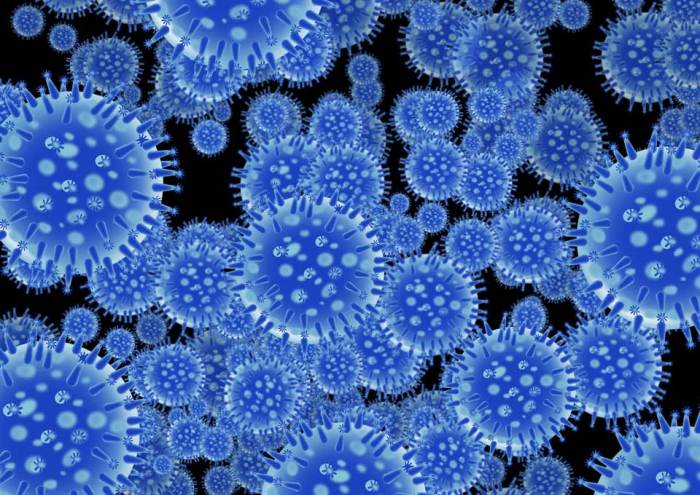Blog

Homeopathy for Influenza and other Acute Diseases
Summer has turned to autumn which typically brings the onset of acute respiratory diseases such as colds and flu (or influenza).
We have been conditioned to believe that acute illness is a bad thing and should be avoided at all cost (hence we consider having flu shots). Another way of looking at it is that acute illness is a good thing, alerting us to the fact that we are run down, stressed, need some time out, or there are weaknesses or deficiencies, etc.
To take medication so that we can ‘soldier on’ does not give the body what it is craving. It does not address the underlying cause for the acute. E.g. we take:
- Cold and flu tablets so one can keep going to work instead of resting in bed
- Mega doses of vitamin C to prevent the onset of a cold and well needed rest
- Sleeping tablets for an acute insomnia which help one get to sleep but does not address the underlying problem of high stress levels
Building health, thereby preventing disease and illness is a better long-term solution.
Disease often causes anxiety and panic and a rush to the doctor for a diagnosis and something to ‘make it better’. Looking outside ourselves and not asking questions results in a loss of personal control and a feeling of helplessness. By taking responsibility for our own health, we start creating the balance that we want in our own lives by turning to our feelings and inner sense of what is wrong. Being in control of our own health and healing increases personal strength and autonomy. By looking after our own health – mental, physical and emotional- we decrease the incidence of acutes.
Homeopaths believe that the body is always striving to keep healthy and in balance. When the body is threatened by harmful external forces (Flu virus), the body responds by producing symptoms such as pain, fever, mucous, cough, diarrhoea.
- Pain is a warning that something is wrong
- Fever inactivates many viruses that attack the body
- Mucous in the respiratory tract surrounds and helps carry off irritating material
- A cough expels the mucous
These symptoms need to be supported, not interfered with by oppression or suppression.
Homeopathy has a good track record with treating the flu. As a bit of history, Homeopathy developed its widespread popularity in the 19th century because of its impressive successes it had in treating the deadly infectious epidemics of that time including typhoid, cholera, yellow fever, scarlet fever, and influenza. The 1918 Spanish flu represents the largest flu pandemic killing 20 to 40 million people worldwide. At that time homeopathic hospitals still existed and also treated people. As an example of homeopathy’s success in treating this flu, Dr. T. A. McCann from Dayton, Ohio at the American Institute of Homeopathy Annual Conference in 1921 reported that 24,000 cases of flu were treated allopathically which had a mortality rate of 28.2 percent, while 26,000 cases of flu treated homeopathically had a mortality rate of only 1.05 percent. Other homeopathic doctors had similar reports.
Prevention of Influenza
Homeopaths use a homeopathic version of the yearly flu vaccine. The usual protocol is to take 1 dose of the homeopathic remedy, Influenzinum, once a week for 4 weeks, followed by one dose each month during the flu season as a preventative measure (the remedy is made homeopathically each year from the three most prominent strains of flu from the previous year). Homeopathic remedies are safe and have no side effects.
Symptomatic Treatment
At the first sign of the onset of a cold or flu take Oscillococcinum which is widely available everywhere and, is the number one flu medication in France. In fact Oscillococccinum is the most popular homeopathic remedy worldwide which is a tribute to its effectiveness. Typically the remedy is found effective taken twice a day especially in the early stages of the flu. Some also take this remedy as a preventative measure when exposed to the flu.
There are a number of other homeopathic remedies considered highly useful depending on an individual’s symptoms. Remedies that may be considered are:
- Aconite—this is usually prescribed when the onset is extremely sudden. Most useful in the first 24 hours
- Gelsemium—it is most commonly prescribed when the symptom picture is that of great weakness and fatigue. It can also be used after the flu when a person feels that they haven’t returned to normal health
- Belladonna—used when the symptom picture is that of a high fever and flushed red cheeks
- Arsenicum Album—most often used when there is severe vomiting and other GI symptoms
- Byronia—for someone who is irritable, wants to lie still and feels any movement makes everything worse.
- Ferrum Phosphicum—when there is no defining symptoms
- Rhus Tox—when there is severe body aches (stiffness and aching in joints) that feels better with movement
- Eupatorium perfoliatum—for people who experience extreme bone pain
There are many other remedies that may be useful in specific cases depending on the individual’s symptoms.
The aim of homeopathy in treating influenza and other acute diseases is to:
- To support the natural processes
- To relieve pain and suffering
- To speed up recovery
No Comments Yet